|
The goldfinch is one of Ireland's most widespread and colourful small birds; though that bright plumage almost brought them close to extinction. They declined in numbers in the nineteenth century due to large-scale trapping, especially in the northern half of the island; trapped in large numbers for the trade in caged birds and their numbers became alarmingly low. The introduction of new laws protecting wild birds, though illegal trapping still continues in some parts, meant their numbers slowly increased until just before the beginning of this century when goldfinches adapted from being just a countryside bird. With habitat loss and fragmentation continuing to degrade areas of wild seeds the birds became more regular visitors to rural and urban gardens. The extra seeds available in gardens, due to an increased planting of perennials, supplemented by the enjoyment people received from providing food in bird-feeders, led to a dramatic increase in goldfinch numbers. The goldfinch is a striking and highly coloured, resident finch though the native population may be increased by winter migrants from Europe. They are a sociable bird species but when they do visit garden feeders, particularly in winter, they tend to form large flocks and are feisty, often become aggressive, fighting among themselves and with birds of other species for domination of the food source. This involves a lot of wing fluttering and threatening postures with an open beak. They are the experts on extracting and eating flower seeds; the classic image of goldfinches is one of them perched and feeding on a thistle, however, goldfinches feed on various seeds, tackling some seed-heads that defeat other birds like teasel, burdock, knapweed and thistles. Their long, spreading toes help them to balance on tall stems as they sway in the wind and an long, fine beak designed to prize the nutritious seeds out of the prickly spikes of the seed head. goldfinches will also eat tree seeds such as alder and birch as well as dandelions. In garden feeders they are attracted by niger seed, sunflower hearts and will readily use peanut feeders and it is known that they will also feed on some invertebrates in summer months. The female goldfinch builds a cup-shaped nest using moss, grass and lichen, and usually lined with wool and plant down. The nest is usually constructed in a tree towards the end of a branch or in a bush, and often in large gardens and orchards, but also in open woodland and hedgerows. Three to seven pale, blue-green eggs are laid, one each day and the incubation is done by the hen, with the cock bird feeding her on the nest; once fledged the chicks are fed by both parents. The goldfinch is a highly coloured finch easily identified by the black and white head with a blood-red face. The body is sandy brown with white undersides, a black tail with white bars and pink legs; the striking yellow, black and white wing pattern is most noticeable during its undulating flight. Young birds are similar to the adults except that the head is completely pale brown. Fun facts:
It is thought that in the Xmas carol, the 12 Days of Xmas - 5 gold rings were originally to do with goldfinches - since all the others from 1-7 included birds The collective noun for a group of goldfinches is a charm.
1 Comment
|
WildEdges
A haven of quiet countryside highlighting issues affecting the natural world. Categories
All
|
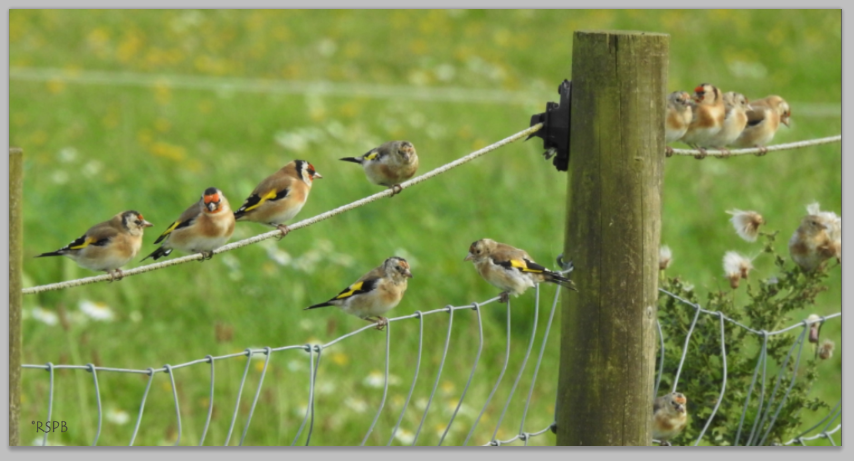
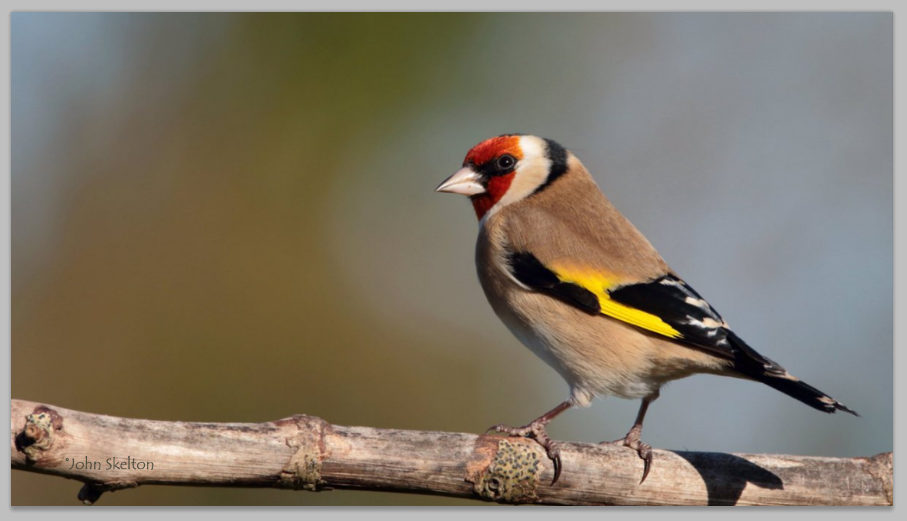
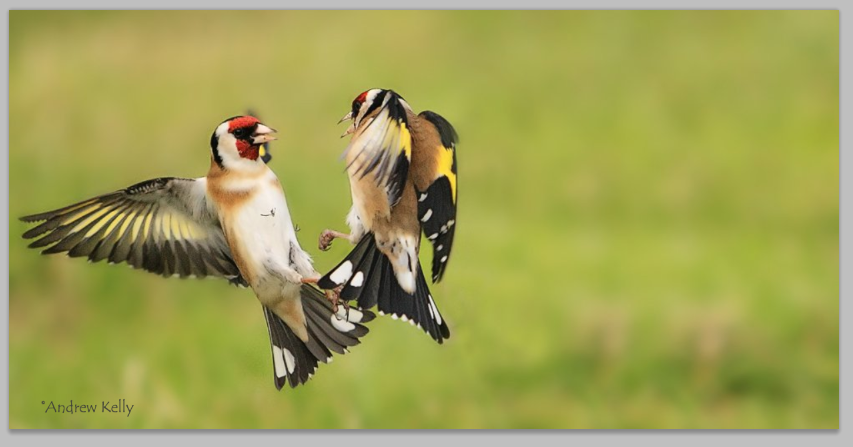
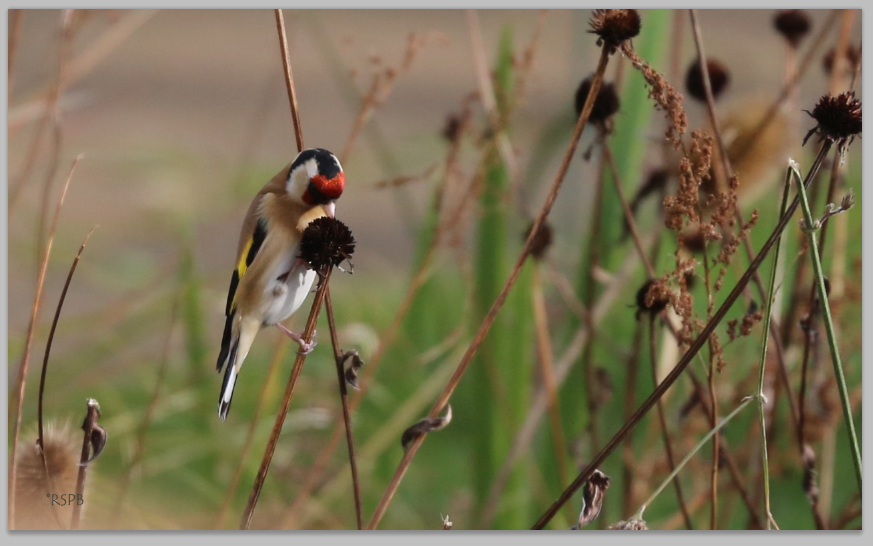
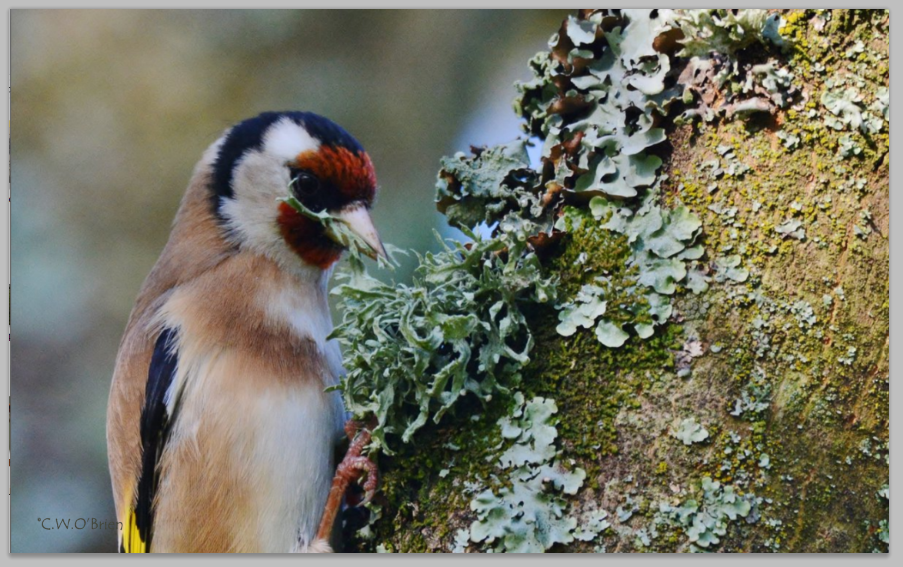
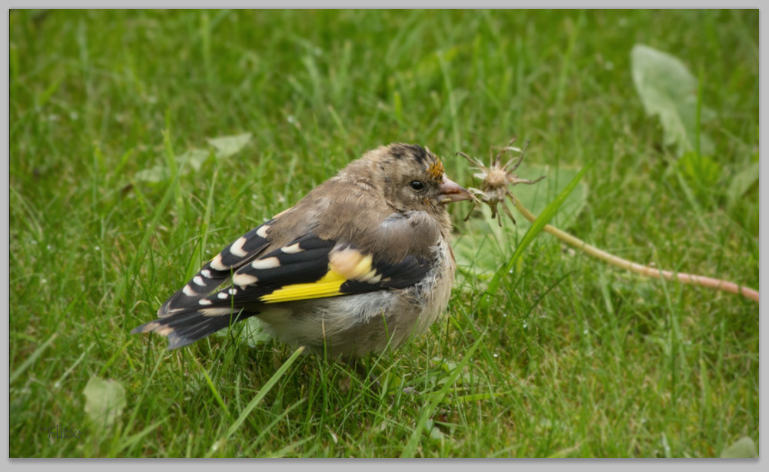
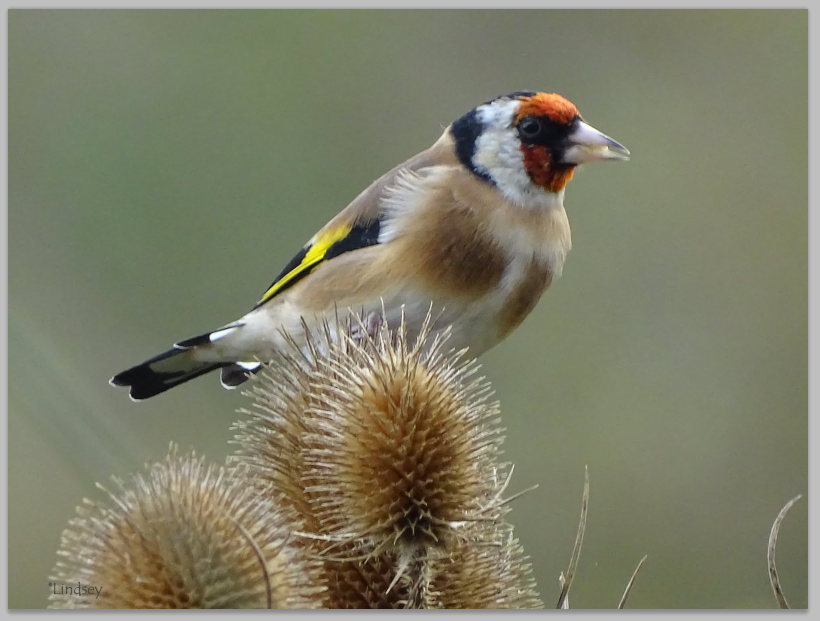
 RSS Feed
RSS Feed